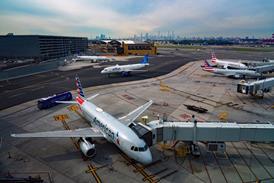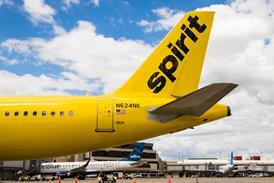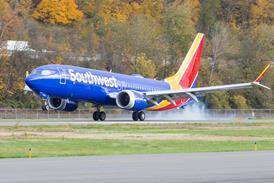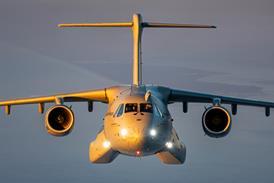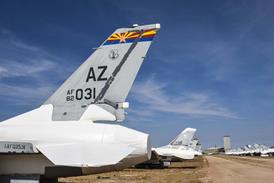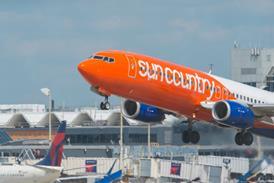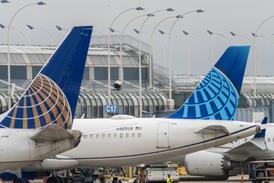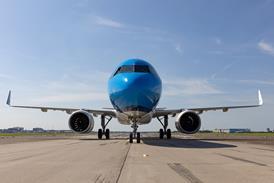Connectivity specialist Intelsat has secured line-fit status with Embraer on its E-Jet E2 jet family as well as a deal with Japanese carrier Skymark as it continues to build momentum for its multi-orbit in-flight service.
Intelsat delivers in-flight connectivity services over a combination of geostationary (GEO) and low-Earth orbit (LEO) satellites using its electronically steered array (ESA) antenna. Intelsat already has 130 aircraft flying with the service and commitments covering around 1,000 aircraft.
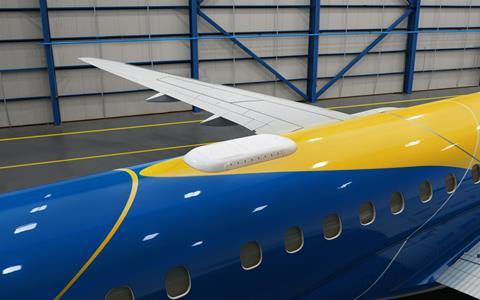
During the show Intelsat announced that Skymark Airlines has selected its multi-orbit services on 10 Boeing 737 Max jets, making the carrier one of the first in Asia-Pacific to offer the company’s hybrid service.
Intelsat has also now secured an agreement with Embraer to make its connectivity service available as a line-fit option on the E2 family. Rob Baird, director of OEM programmes at Intelsat, says: “From the end of this year we will have a launch customer and it will be rolling off the Embraer production line fully installed and connected from December.”
Elsewhere during AIX, Airbus announced that Hughes Network Systems has signed to become a member of Airbus’ HBCplus Ka-band connectivity offering. This follows a preliminary agreement announced at last year’s show and makes Hughes the latest managed service provider to join the Airbus catalogue.
“We are pleased to confirm Hughes as part of the HBCplus ecosystem,” says Airbus head of Connected Aircraft, Tim Sommer. “Hughes will add further choices for airlines and strengthen our multi-orbit strategy.”
Airbus had earlier disclosed it is working with Amazon to enhance its HBCplus programme offerings with LEO satellite in-flight connectivity service from Project Kuiper, Amazon’s satellite internet network. Following a recent memorandum of understanding, Airbus and Amazon plan to integrate Project Kuiper’s connectivity solution into the Airbus line-fit and retrofit aircraft catalogue of managed service providers.
Viasat meanwhile unveiled its next-generation connectivity solution for commercial aviation, Amara, under a product roadmap which includes plans for a new ESA terminal to dynamically tap multi-orbit satellite services.
Viasat’s senior vice-president and general manager global commercial aviation, Don Buchman, says Amara “goes far beyond” fast and free high-speed Wi-Fi. “It’s a cutting-edge solution designed to meet the unique needs of each airline and every individual user – and in real-time across a smart multi-orbit network,” he says.
While building on its existing connectivity services, Amara offers a roadmap for future developments including a new proprietary ESA terminal. Viasat Aera is due to enter service in 2028 and will be capable of supporting simultaneous, dual-beam connections across satellites in GEO, HEO, and LEO orbits.

